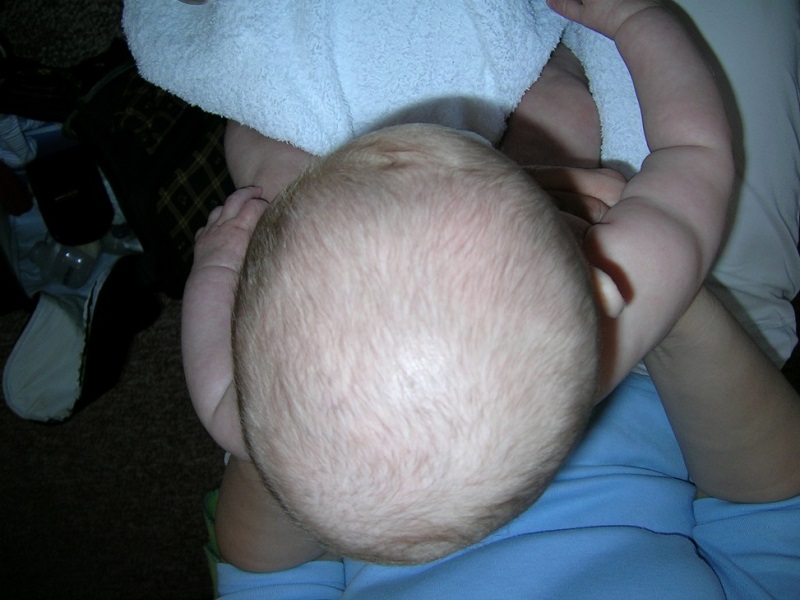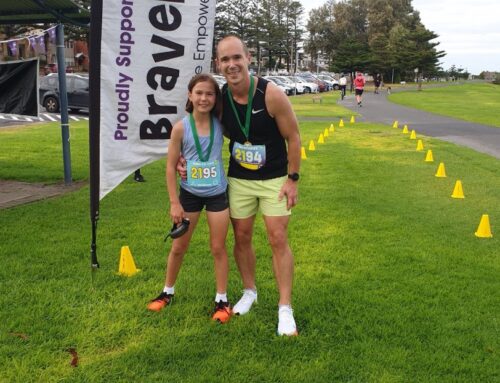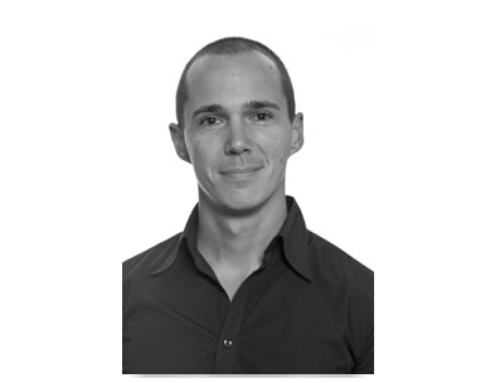You’re not alone! The incidence of ‘flat heads’, or plagiocephaly, is on the rise and it is something I see a lot of in my work as a Chiropractor with a special interest in paediatrics.Plagiocephaly is the term used to describe cranial (skull) asymmetry. It typically involves a flat spot on one side of the back of the head along with ear misalignment and sometimes facial asymmetry.
There are two different types of plagiocephaly and it is important to differentiate them as the course of treatment differs. Synostotic plagiocephaly occurs when there is fusion of one or more of the sutures of the skull. This is rare, but usually requires surgical treatment. Deformational plagiocephaly on the other hand, is far more common and occurs from lying on the back for long periods with the head rotated to one side.
So why do some babies get a flat spot and not others? Research has shown there is a link between restricted neck movement and the development of deformational plagiocephaly1. Limited neck movement from tight neck muscles results in a head position preference. Flattening then develops from prolonged periods of time on the back. This may occur in the cot, baby swing, ‘bouncy seat’, play gym, pram or baby capsule, especially those which are interchangeable as a car seat.
Plagiocephaly is also more common in first-born babies, boys, multiple births, breech presentation, assisted vaginal deliveries (forceps or vacuum), prolonged labour, premature birth and accompanying congenital torticollis, a condition in which one of the neck muscles in significantly shorter than the other side. Skull flattening is more common on the right side.
So, what can you do? Many parents of babies with deformational plagiocephaly say the same thing to me: ‘I wish we had known to come earlier’. Often parents are told not to worry about their babies asymmetrical head shape or that it will ‘grow out’. Deformational plagiocephaly does sometimes resolve naturally in the first year of life due to greater levels of spinal movement with increasing age, however, often it doesn’t. Treatment is most effective when initiated early, ideally before 3 to 4 months of age, when the skull bones have not yet become solid. So it is imperative that assessment and intervention is not delayed. During the first 6 months of life, the head circumference expands rapidly, providing excellent opportunity for remoulding of the skull. Following this, the rate of head growth slows, and the potential for correction of asymmetry reduces.
Conservative therapy is usually the first line of treatment for infants with deformational plagiocephaly and consists of attempts to reposition the infant’s head during sleep, changing feeding positions, rearrangement of stimulating toys and the cot position so the infant is encourage to turn the head away from the flattened side and supervised “tummy time” on firm surfaces when the infant is awake to take all pressure off the back of the skull. This is coupled with gentle, low force manual therapy with home exercises to address neck muscle imbalances. In severe cases, referral for helmet therapy may be necessary.
Chiropractic treatment is aimed at restoring normal neck muscle balance and therefore offers the potential to eliminate positional preference and hence improve cranial symmetry in infants with deformational plagiocephaly.
Make sure the Chiropractor you see is qualified in paediatrics and uses only low force treatment techniques.
Sarah Whyatt is a Chiropractor at Smart Health Training & Services with a special interest in paediatrics. Sarah completed her Master of Science Chiropractic Paediatrics through the University of Wales and her research dissertation was on deformational plagiocephaly.
1 Hutchinson BL, Hutchinson LA, Thompson JM, Mitchell EA, 2004, Plagiocephaly and brachycephaly in the first two years of life: a prospective cohort study’, Paediatrics, vol 114, pp 970-980.





